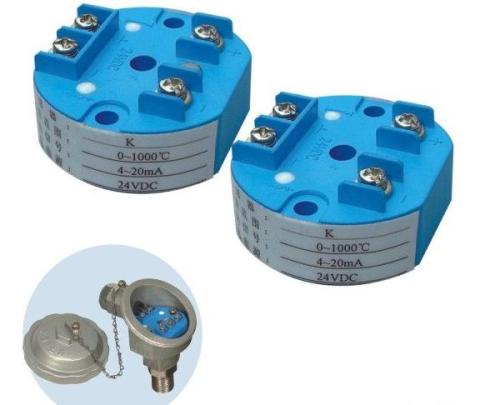The basic principle of the temperature transmitter that Xiao Bian provides for everyone today, we can do some reference according to above content, hope to help the user to learn some application knowledge about the transmitter appropriately. It helps the user to avoid minor problems during use and cannot solve the period when the instrument's best handling failure is missed.
The polyethylene butt fusion machine is the most used with the same butt welding device, and these devices are produced and supplied from 40 to 3000 mm, and capable of welding up to a pressure of 40 atmospheres. Yuda brand plastic pipe fusion machines are based on the standard DVS2207. This company's polyethylene welding machine is designed to be unique for carrying out work on site and workshop environment. Polyethylene pipe fusion machines are manufactured using the best quality raw materials available on the market, and the company's pipe welding machines are certified by the inspectors of the water supply and power plant, and all products with warranty and after service sales are offered. These polyethylene welding machines are tested, calibrated after producing.
There are types of HDPE Plastic Pipe Butt Fusion Machines; Manual Butt Fusion Machines is the most cheapest in all series. Hydraulic butt fusion machines are used most in piping engineering. For welding quality control, it will choose data logger for hydraulic hdpe welders named data-logging pipe welding machine.Then the toppest level is CNC Welding machine for polyplastic pipes which is the most expensive and comprehensive poly pipe butt welders, CNC welding and GPS and CLOUD system is its unique feature.
Butt Fusion Machine,Fusion Machine,Fusion Equipment,Butt Fusion Welding Machine WUXI MEIERTE MACHINERY TECHNOLOGY CO.,LTD , https://www.pipefusionweldings.com
With the continuous development of power electronics, microelectronics and large-scale integrated circuits, transmitters are increasingly used in industry. Then the user how to choose the better performance of the transmitter to the industrial control, the following small series for everyone to introduce the basic principles of the temperature transmitter.
The temperature transmitter consists of a measuring unit and an amplifying unit. The range consists of a circuit board consisting of an input circuit and a feedback circuit. The range unit varies according to the input signal. There are three range units that match the DC millivolt, thermocouple, and thermal resistance input types. The amplification unit is common to all three inputs.
The DC millivolt signal can be provided by any sensor or sensitive element. The DC millivolt range unit is relatively simple. Before the DC millivolt signal is amplified by a factor of 5, there is an answer circuit such that when the input signal Ui=0, the output signal Uo=1v ( The standard signal protocol stipulates), in order to meet this requirement, also design a feedback circuit, make the output voltage Uo and feedback voltage Uf have certain relation: Uo =5Uf. The zero adjustment potentiometer W1 and the feedback potentiometer Wf need to be adjusted repeatedly to achieve the accuracy requirement.
The thermoelectric range unit must have cold junction compensation and linearization. The cold junction compensation bridge method is basically the same as described above. The linearization function is due to the non-linear relationship between the change of the thermoelectric potential and the temperature. A negative feedback circuit is designed to make it have a polyline characteristic. The slope of each segment of the polyline is different, but the approximation can be regarded as a curve, so that the closed loop amplification is related to the input thermopower. The size of the curve changes, which essentially cancels the nonlinearity of the thermocouple, and the output voltage makes it substantially proportional to the temperature.
Thermal resistance range unit adopts two-wire system to introduce thermal resistance. For platinum resistance, the resistance-temperature curve is a monotonically convex curve. As the retention temperature increases, the resistance increment decreases. A positive feedback circuit is designed to increase the output signal as the input resistance increases. Significant, that is, the output electrical resistance curve is a concave curve, so as to achieve the linearization function. The copper resistor itself has a good linearity and does not require a linear ratio.
The amplifying unit uses the basic circuit of an integrated operational amplifier plus a power amplifier.
The above temperature transmitter measures DC millivolts, range is 3-100mv, zero migration amount is -50-50mv; matching range is 3-60mV with thermocouple; and range is -100-500°C when matched with platinum thermal resistance. The accuracy level is 0.5.